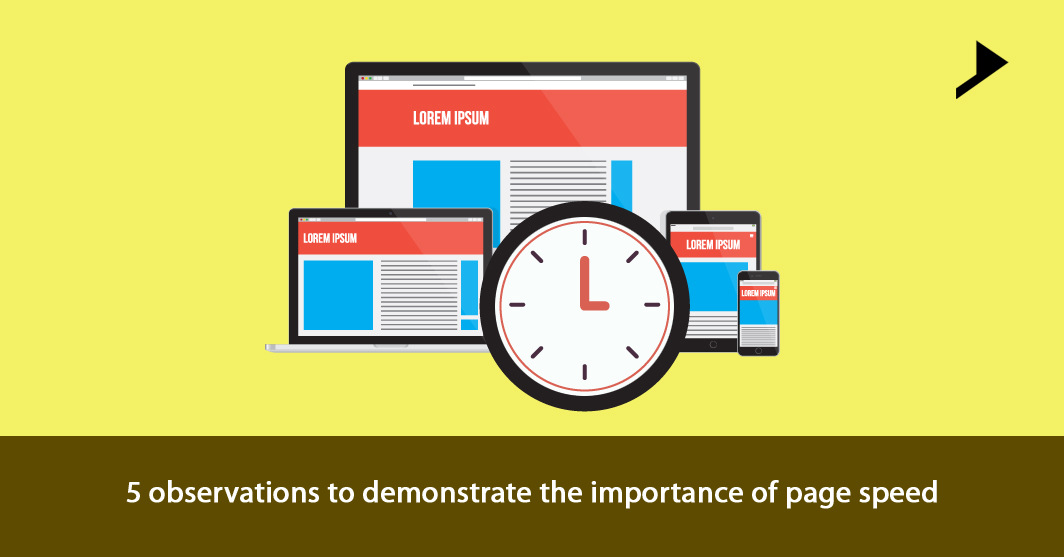Only having a mobile website will not at all be enough for the users to remember your instinctive business, if it fails to deliver the optimistic and fast user experience. Let’s have a deep look into the latest development with regards to the mobile websites. Having a mobile website itself sets the Small business unit apart from many of its competitors. Different researches depicts that there are many of the small business units having no mobile ready sites. Businesses with mobile friendly websites definitely can increase the audience.
The problem of those businesses having no mobile site is that their consumers first demand it. Users won’t endorse a business with an ineffectively designed mobile site and many of them may also go to the competitors if they get a poor mobile experience. Secondly the issue which they have to face is that of the fewer visits. After the launch of Google’s new algorithm many of the web pages have experienced a loss in the page rank. Google is continuously altering and updating its algorithm. So What about the small business units, how are they going to stay ahead and maintain their competitive advantage. Here are some of the observations about the importance of mobile website for the businesses and the ways to outpace the competitors with a responsive user experience.
1. Speed – the most vital component
Having just a mobile website is not of any use, instead consumer always needs a fast mobile website. They can also abandon the site if it takes more time to load as they are impatient regarding the mobile sites. Results have always shown that every delay effects conversion rate, bounce rate, cart size and page views. Speed is also a Google ranking factor for mobile sites. Google also states that there is a strong correlation between the page speed and page rank. It can also be considered as a cornerstone of the Google Search. It has to be kept in mind that speed matters a lot when it comes to a local mobile search.
2. Google is setting the bar high
With an aim to keep up its market share in search, Google always make sure that the consumers are satisfied with the user experience, of the sites which are getting pulled up in the results. To give the users a best experience Google is forcing websites, to make sure they meet the expectations set by Google and hence they have set the bar high. It has set the standard to one second on a mobile network. It also seems to be unfair as there are number of factors which are not under the control of the website operators such as the users network speed. A page speed insight tool provided by Google measures the websites performance and helps tips on improving the scoring areas.

3. Local businesses to adapt soon
Large publishers are on the way of testing the AMP and it’s foreseen that the formats provided by Facebook and Google, will be quickly adopted by the national brands and then become the consumer standard. Once consumers experience the speed of these new formats it will become really tough for them to take a look back at the past. Their expectations of the online mobile experiences will rise accordingly. Failing to keep up with the same will lead to losing customers who grow really impatient at times.
4. Introduction of the speedier Mobile Web Page Formats
Google strives hard to keep the users on the mobile web, when they increasingly spend time on apps. Snapchat, Facebook and some other platforms have started developing different ways to consume the right contents within their apps and are trying to provide a smooth user experience.As an answer to the Facebook’s new feature of instant articles Google announced Accelerated Mobile Pages, a new framework to render web pages to load instantly by making pages lighter weight in data.
5. Increased Content Drags down the speed
Opposing to the perception of technological advancements, online mobile experiences are actually getting sluggish. The huge reason behind this is today’s web pages includes much more data than before and consists of videos, graphics and many more complex functions, crowd the sites. Even the recent recommended responsive design formats have to struggle with the page load times. As this format adjusts the better view ability, behind the screen adjustments might slow down the user experience to affect the bounce rate.
Conclusion with some tips:
Size of your web page affects the loading time of your site, hence a much better way to get rid of this issue is to minimize the number and the size of the files to be downloaded. Try using tools for compression of heavy images and videos to lighten the amount of data that has to be downloaded. Optimization of the font is a much better way to fasten the loading speed of your page.
Understanding all these issues is just half the battle, although you have to make sure that your customers have a great user experience on your site that will help you to increase your business.

